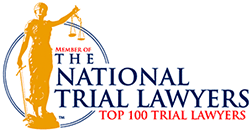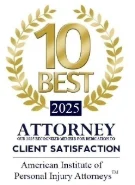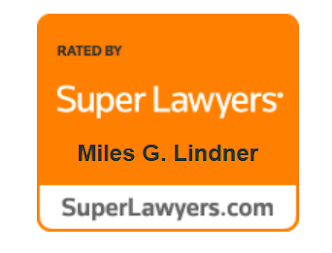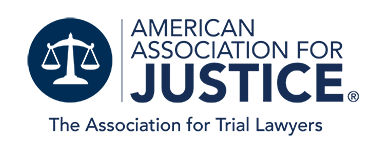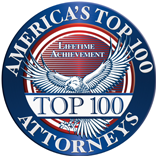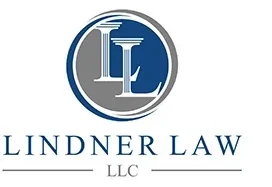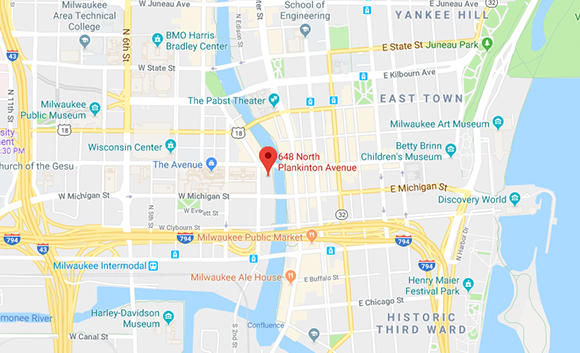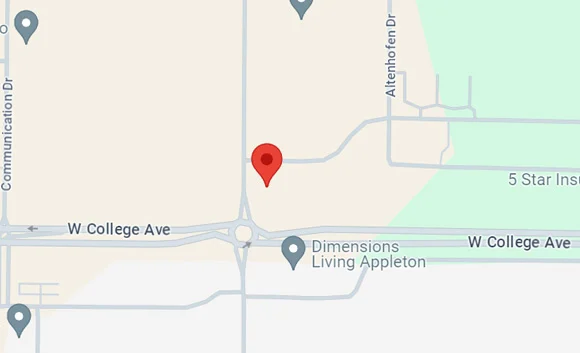On Behalf of Lindner Law, LLC | Jun 10, 2025 | Car Accidents
A multi-vehicle collision often generates confusion and uncertainty regarding liability. Under Wisconsin law, fault depends on each driver’s conduct during the incident. Consequently, multiple parties may bear responsibility.
How Wisconsin’s fault system works
Wisconsin adheres to a principle known as “comparative negligence.” This doctrine assigns a fault percentage to every involved driver. As long as your share of fault remains below 51%, you retain the right to pursue compensation. However, the court reduces your recovery in proportion to your degree of fault.
For instance, if the court assigns you 30% of the blame for an accident that caused $10,000 in damages, your compensation drops to $7,000. This method aims to equitably allocate responsibility, but can become intricate. Police documentation, witness accounts, and photographic evidence frequently inform the assessment of fault.
Common causes of multi-car crashes
Most chain-reaction crashes originate with a single driver’s poor decision. A motorist might apply brakes abruptly or follow another vehicle too closely, triggering a sequence of impacts as other drivers attempt evasive maneuvers.
Adverse weather and hazardous road conditions frequently exacerbate these situations. Nevertheless, inclement weather does not absolve drivers from their obligation to operate vehicles prudently. Speeding or tailgating in snow or rain still constitutes negligent behavior.
Why fault may be shared
In numerous multi-vehicle collisions, several drivers commit errors. One motorist might have been texting while approaching congested traffic, while another could have exceeded a safe speed given the conditions. In these scenarios, the law apportions responsibility between the involved parties.
Insurance providers often attempt to minimize their liability by shifting blame onto others. Gathering evidence at the scene—such as photographs, contact information, and witness statements—equips you to defend your version of events.
If you find yourself involved in a multi-car accident, document the aftermath thoroughly. Photograph vehicle positions and damages, collect witness accounts, and retain all relevant information. Your immediate response can influence how insurers and investigators evaluate the collision.



